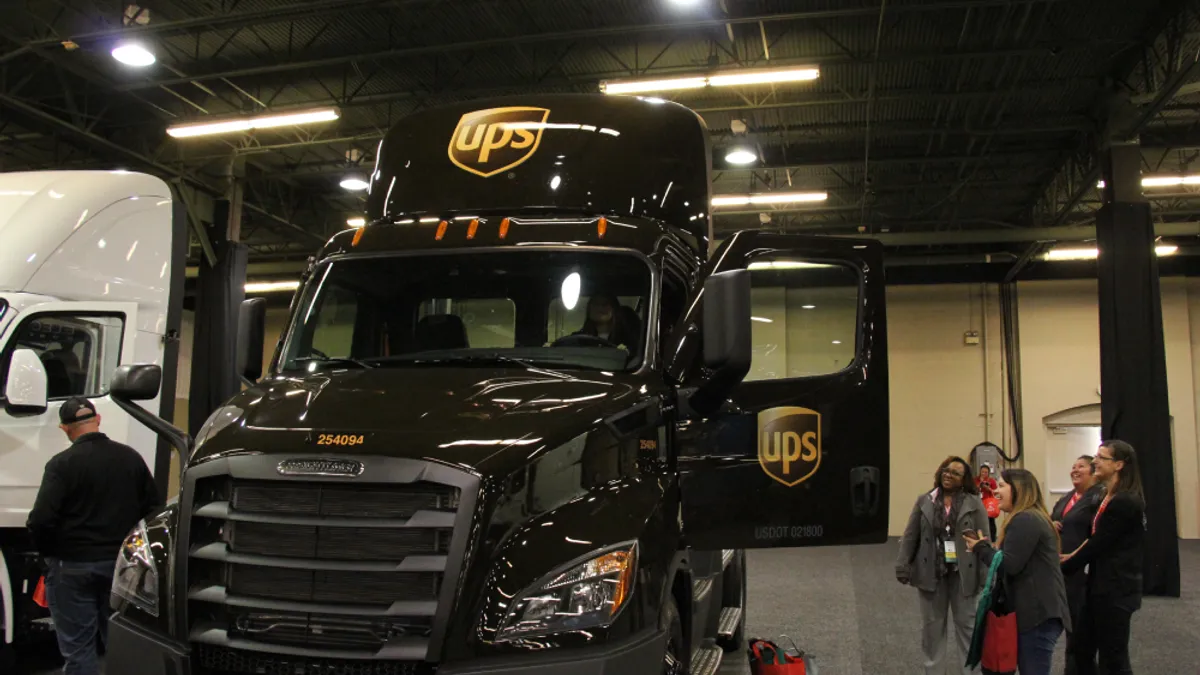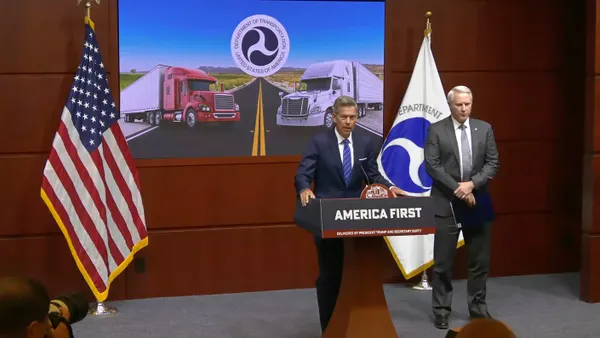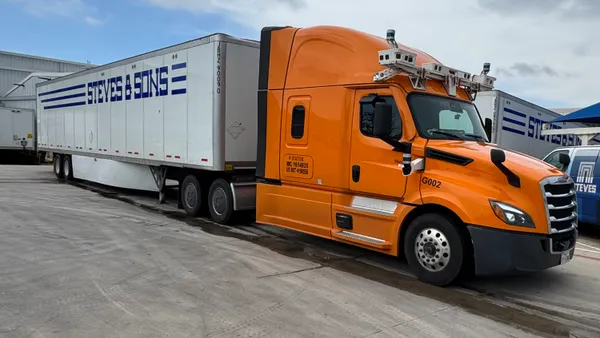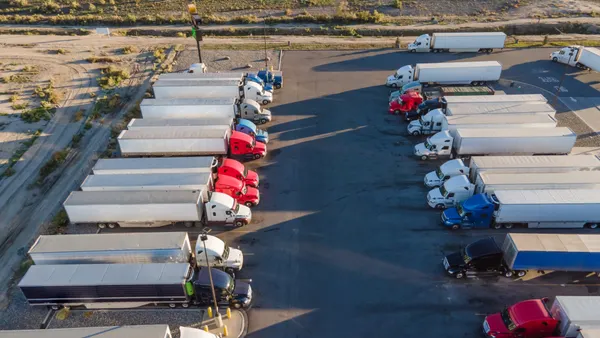Difficulties in heavy-duty truck manufacturing appear to be improving, potentially allowing more deliveries in 2023.
COVID-19 policies pausing factories in China are easing and semiconductor shortages have reversed, allowing major OEMs to boost production. But as fleet managers contend with an economic slowdown, analysts and other industry experts are noting potential roadblocks.
“Max headwinds from supply chain risk were really over the course of ’22," said Jerry Revich, Goldman Sachs’ head of U.S. machinery, infrastructure and sustainable tech research. “We're now at a point where we're seeing increasing signs of supply, catching up with demand and in some cases, overtaking demand.”
While orders are expected to be strong in the first half of the year due to pent-up demand from shortages, the outlook is more murky for 2023's second half.
Improving OEM supply chains
The manufacturing environment appears off to a good start in 2023.
Suppliers are not reporting systemic components shortages at the beginning of January, said Revich of Goldman Sachs, which has investments in companies such as Cummins and provided investment banking services to PACCAR in the last 12 months.
“In 2022, you had a shortage of semiconductors impact a range of companies from AGCO to Deere to PACCAR,” he said. “Now people don't feel great about their semiconductor supply, but they're not complaining about it.”
Manufacturer Volvo expects to continue to face some supply chain disruptions, mainly driven by labor shortages at suppliers’ locations, according to Magnus Koeck, vice president of strategy, marketing and brand management for Volvo Trucks North America.
"The industry has been facing these challenges for quite a long time now and will continue to have these disturbances to some degree also this year, at least in the beginning of the year," he said in a statement. "We have robust working relationships with our suppliers and dealer network and are working diligently to maximize production and delivery efficiency."
Improving supply chains have pushed order levels up year-over-year as fleet managers look to replace aging trucks or expand their network. FTR CEO and Chief Intelligence Officer Jonathan Starks said in a monthly report that "essentially all the production slots for the first half of the year are full and the second half of the year is starting to fill up as well."
But signs of a slowdown are already beginning to emerge. After surging in September, orders dropped in the following months but still remained elevated YoY. FTR data showed preliminary Class 8 North American net orders more than doubled from 21,400 units in August to 56,500 units in September, declining each month to reach 28,300 units in December. That was still 21% higher compared to December 2021.
Treading lightly amid improving conditions
While orders were strong, there's uncertainty about how OEMs could deliver for carriers' needs, which could fluctuate amid gloomy economic conditions.
That's putting a projection anywhere from slightly below output in 2022, but it could significantly improve. Class 8 retail sales in the U.S. and Canada were 283,500 units in 2022 and estimated to be 270,000–310,000 in 2023.
Heavy Duty Truck Demand Weakens
For Melius Research Founding Partner Rob Wertheimer, demand in 2023 will depend on whether the economy dramatically worsens.
"I think that the chance of a back half recession [in 2023] … exists and so it makes the whole thing very confusing," he said.
In the short-term, however, demand is expected to remain strong and fleet managers are responding accordingly. Buckshot Trucking President Tony Sims says he's avoided ordering new trucks to take pressure off his supplier, which is dealing with an influx in orders.
Sims has a fleet of 24 trucks, and last year, a truck that he pre-ordered took eight months to arrive. Before the pandemic, he simply called about a purchase, and there was essentially no wait.
With suppliers still juggling a surge of orders, Sims figured he'd wait a bit longer to order his next truck.
"Vendor relationships are important," he said. "So you try to … keep them happy."












